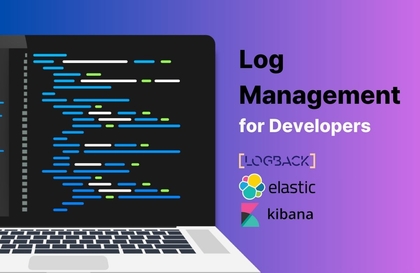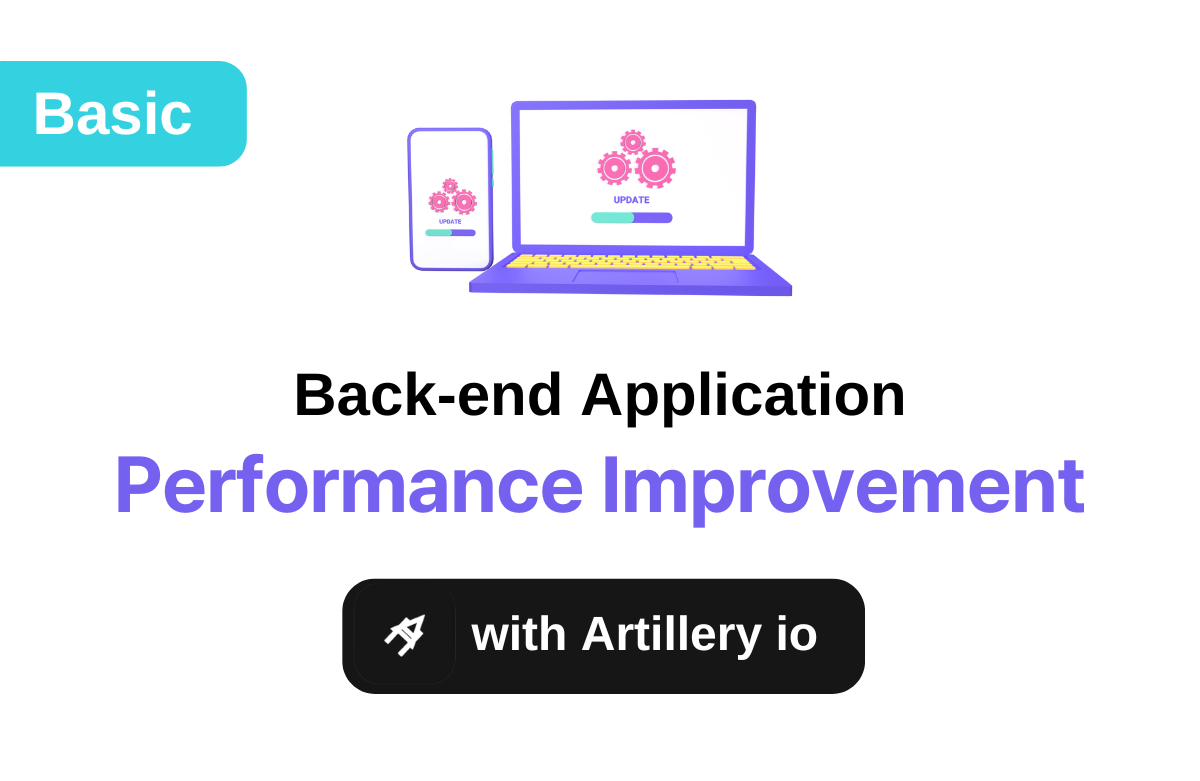
Quản lý log cần thiết cho nhà phát triển
foo
Từ việc nên ghi lại loại log nào, đến khi thu thập và tận dụng log, bao quát toàn bộ chu trình.
초급
Elasticsearch, logback, Logstash
This is a follow-up lecture to 'Testing Backend Application Performance', and it will lay the foundation for improving the performance of the backend application you created.
345 learners

API Performance Testing
Why server resources affect performance and how to improve it
Improving performance using asynchrony
How to create unique keys without duplicate checks using Snow Flakes
Improving query performance using indexes and caches
Who is this course right for?
Anyone who has taken the previous lecture, ‘Testing Backend Application Performance’
Anyone who wants to learn about widely used methods to improve API performance
Need to know before starting?
Backend application development experience
Interested in or experience with performance testing
5,738
Learners
264
Reviews
116
Answers
4.9
Rating
9
Courses
안녕하세요.
멘토링을 하면서 주니어 개발자들이 어려워 하는 개념들에 대해 어떻게 하면 쉽게 전달할 수 있을지에 대해서 많은 고민을 하고 있는 푸(Foo)라고 합니다.
잘 부탁 드리겠습니다.
이력
2019. 08 ~ 현재 : 카카오 자바 백엔드 개발자
2021. 08 ~ 현재 : programmers 백엔드 데브코스 멘토
2021. 12 ~ 현재 : F-Lab 자바 백엔드 멘토
책
이것이 취업을 위한 백엔드 개발이다 with 자바(링크)
기타 이력 및 타 플랫폼 강의들은 아래 GitHub 링크에서 확인할 수 있습니다.
GitHub - https://github.com/lleellee0
All
17 lectures ∙ (2hr 39min)
All
9 reviews
4.8
9 reviews
Reviews 1
∙
Average Rating 5.0
Reviews 2
∙
Average Rating 4.5
4
Cảm ơn gihun.kim đã để lại đánh giá! Cảm ơn bạn đã làm việc chăm chỉ trong sự kiên trì. (_ _)
$30.80
Check out other courses by the instructor!
Explore other courses in the same field!